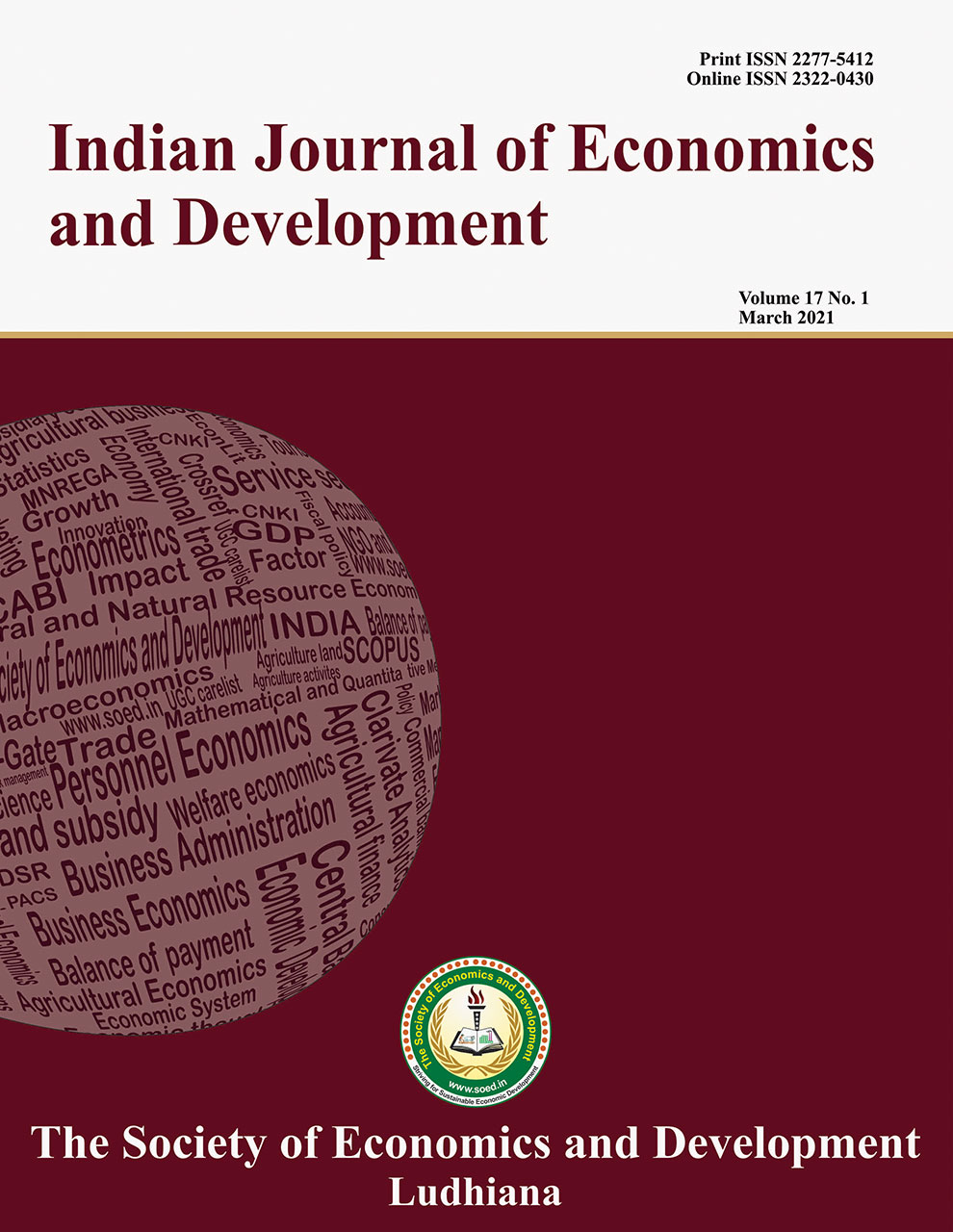An Analysis of People's Participation in different Stages of Joint Forest Management Programme in Himachal Pradesh

Price: ₹ 500
Author: Chandresh Guleria, Manoj Kumar Vaidya and Chaman Negi
Author Address: Department of Social Sciences, College of Forestry, Dr. Yashwant Singh Parmar University of Horticulture and Forestry, Nauni, Solan (Himachal Pradesh) and Department of Social Sciences, College of Horticulture and Forestry 2 Neri, Dr. Yashwant Singh Parma
Keywords: Implementation and maintenance, joint forest management, people's participation, planning
JEL Codes: Q23, Q56, Q57, Q58
Abstract
Joint Forest Management (JFM) is an effective
strategy to involve people in the regeneration and management of forests.
Forest Rights Act, 2006 provided an excellent framework to manage community
forest resources with the help of gram sabha and link it to other developmental
schemes. It was observed that forestry programmes failed to draw people
participation. The present study was an attempt to investigate the level of
people participation in JFM in Himachal Pradesh. There was a moderate level of
participation of cent at an overall level. People participation was found to be
highest in the maintenance stage (61.53 percent), followed by the planning
stage (60.29 percent) and the implementation stage (51.32 percent). A focus on
income and work activity with incremental profits is needed to increase
people's participation in JFM operations. The involvement of formal and
informal organisations can be extended to increase awareness of the importance
of such programmes.
Description
Indian Journal of Economics and Development
Volume 17 No. 4, 2021, 855-862
DOI: https://doi.org/10.35716/IJED/21082
NAAS Score: 5.15
Indexed in Clarivate Analytics (ESCI) of WoS
Indexed in Scopus
UGC Approved



